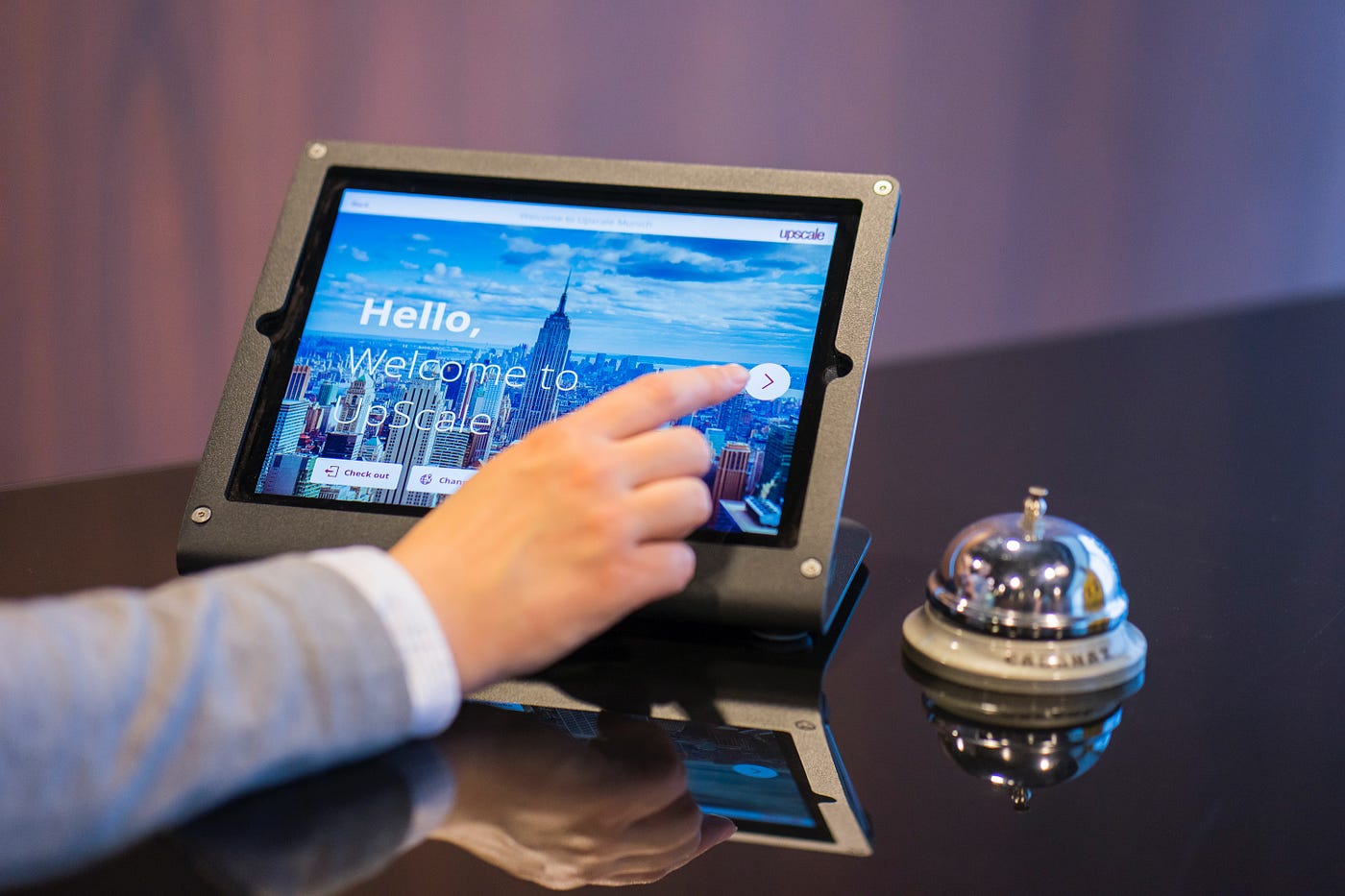How well do you really know your customer?
Personalising a retail customer experience can mean increased loyalty and spend, but what are some of the basics you need to get right?

Written by Noel Pennington
Before Covid, I travelled pretty extensively for work visiting retailers worldwide and consequently racked up millions of miles with my favorite airline and hotel brand .
Yet, it still never ceased to amaze me that even though I provided detailed information about myself, this hotel chain still can’t get it right. Due to the number of nights I stay in hotels, I’m seen as a top tier customer, so I’d expect them to know more about me and my needs. My preferences are in their system and are pretty basic: high floor, upgrade if they have it, no handicap room, not near the elevator, and my favorite drink of chocolate milk, and no, I am not 12! But many times, one or more of these are not taken into account. It makes me lose my passion for the brand and consider one that might take my preferences into better account. I know I’m not a rock star coming into their hotel, but spending between $25,000 to $35,000 a year, I guess I thought they would care more, and occasionally it leaves a bitter taste in my mouth.
Getting to know your customers better
As we all know as Retailers and Brands, Personalization is the process of tailoring products, services, and context to consumers across both online and offline channels. When that is understood well, customers feel like a Retailer or Brand knows and cares about them. Personalization is especially true when consumers take the time to share lots of information about themselves, expecting a website or experience built around their wants and needs. A recent study found that 73% prefer a personalized shopping experience resulting in marketers seeing a 15% boost in revenue, with 46% of consumers purchasing more across the personalized channel.
For example, if you were a grocer, and I shared that I was vegan, you then showed me many steak ads; what do you think the resulting outcome would be? My guess would be customer defection or a much smaller basket size because of the poor experience.
The 4Ps of Personalisation
At Daemon, we spend our time thinking about how we can help retailers rethink their strategies and develop a personalized experience at the website and beyond. With Personalization, we think about this from 4Ps to Personalization.
- Party Data — First-party data is critical, but zero-party data is where Retailers can build an intimate relationship with customers. So what’s the distinction between First Party and Zero Party Data. First-Party Data is the typical data a Retailer will collect like name, email address, click-stream, cart and cart abandonment, segmentation like income or location. At the same time, Zero-Party data is the intimate information a consumer is willing to share about themselves. Zero-Party Data is where a customer trusts a Retailer or Brand enough to provide this critical data. This could include thing like I’m vegan, I like wine but hate beer, gluten intolerant.
- Planning — Involves, identify and build offerings to engage as you understand customer behavior effectively. For example, a grocer creates a weekly special focusing on the best meat cuts from the butcher. But, unfortunately, they don’t, in turn, create a similar offering of plant-based protein. So if the grocer now shows the weekly meat special to a vegan, especially a consumer who has shared that information, the best case is a poor user experience, with the worst case being customer defection.
- Perception — Perception builds the world around customers, and Personalization allows Retailers and Brands to understand what a customer wants and needs. From the website to the brick and mortar, the email messages, to the phone, if Retailer or Brand gets it right, the kings to the castle could open. Getting it wrong, customers will look elsewhere for a Retailer or Brand that feels like they heard.
- Personify Offering — Whether it’s a Brand or a Product, personifying an offering allows a customer to build an emotional connection to the product or service. For example, when a customer lives to a cause, such as beiing a vegan, and a product enhances that and tastes good, think impossible burger, that customer will seek that product out and potentially talk about it, friends and family. If a Retailer or Brand understands and Personalization that experience the transference of the product love will enhance customer loyalty that much more.
It always starts with data, ensuring retailers collect as much data about their customers as possible, followed by building a machine-learning algorithm to understand the data and find patterns to leverage. So now, as the world begins to return to some level of the new normal, Retailers and Brands must take every advantage to understand what their customers are saying to help drive a new and exciting experience.
